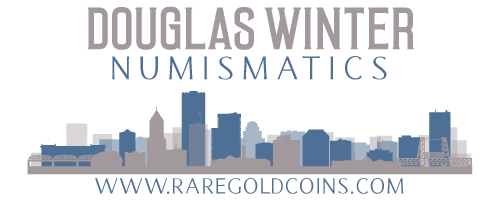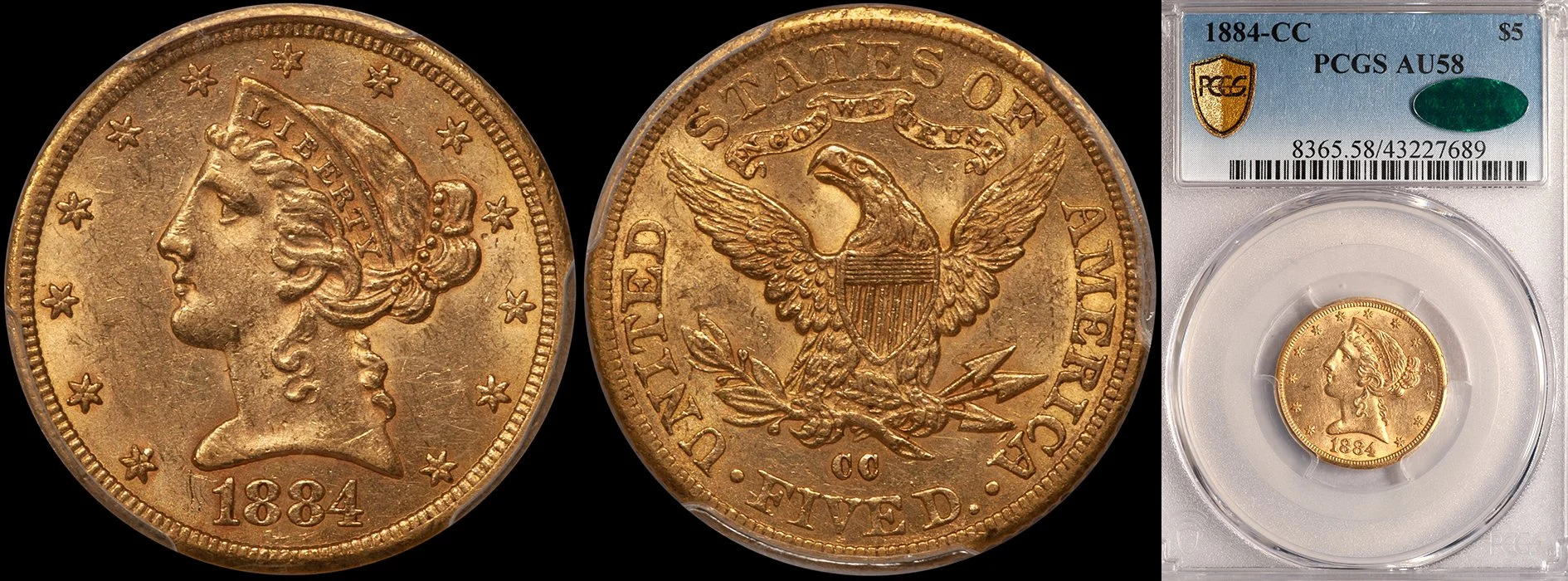Exciting Coin Sets Yet To Be Assembled
/In the twenty-five years that I’ve been a professional numismatist, I’ve had the opportunity to build some pretty interesting coin collections. I’ve put together two of the finest sets of New Orleans gold ever assembled, the unquestioned finest set of Carson City gold and numerous high grade Charlotte and Dahlonega sets, to name just a few. At this point in my professional career, what sets would really excite me to have the chance to assemble? First and foremost, I’d love to have a wealthy, patient connoisseur call me and decide that he wanted to put together a complete set of high grade United States gold. How much fun would it be to be able to buy all the really high grade and really rare issues that I’ve passed on in the last few years because I just didn’t have a home for them at the time?
(And how cool would it be to walk around a coin show with a checklist of all United States gold issues and have to look at it when I saw, say, a nice About Uncirculated 1858-S eagle and remind myself if the collection already had an example of this date or not…)
My dream collection would, in some ways, use the Eliasberg collection as a benchmark but it would have some obvious differences. When the Eliasberg collection was assembled, it was much easier to locate choice, original coins than it is today. Unfortunately, I would be unable to locate early gold that could rival the phenomenal unmolested pieces in the Eliasberg collection; many of which were purchased by the Clapp family as early as the 1890’s.
But I would also be able to buy many issues in much higher grade than what was present in the Eliasberg collection. As an example, many of the post-1880 issues in this collection were represented by very low grade pieces which would be considered unremarkable, at best, today. A number of these dates are now available in fairly high grade as a result of finds in Europe and other overseas sources. It would certainly be fun to tell this new collector that a coin that he just purchased in MS64 was represented by a dingy VF in the Eliasberg collection!
Another collection that I would love to work on would attempt to replicate the John Adams collection of 1794 Cents but in a less specialized fashion (for those of you unfamiliar with this collection, John Adams is a well-known Boston collector who formed a remarkable die variety set of 1794 Cents by Sheldon variety. His parameter for purchasing a coin was to find a piece with a great pedigree entailing as many famous collectors as possible. I have always thought that this was the most fascinating specialized collection ever formed).
The gist of the Adams collection was to “collect the collectors” who had become part of the folklore of the Large Cent culture. This has never really been done in the area of gold; partially because pedigree research on gold coinage is nowhere near as comprehensive as it is on early copper. But wouldn’t a collection that included examples from all of the great gold collections from the past be interesting?
Getting to assemble a major set of early gold coinage would be a lot of fun as well. I’m currently working on a few very impressive sets of early gold but I seldom—if ever—get the chance to buy the macho, six-figure pieces that sometimes come up for sale at shows and auctions. My personal dream assignment would be to assemble a world-class set of Fat Head half eagles (from 1813 to 1834) and to be able to purchase duplicate examples of the dates that the collector and I thought were “neat” or “undervalued.” And to maybe even expand this set to include the die varieties that exist for dates such as the 1818, 1820, 1823, etc. Now that would be fun!
But, really, I have no complaints about what I’m doing right now. I get the chance to work with interesting, nice people who trust my judgment when it comes to coins. Some of these people have become good friends of mine and I’ve now known many of them for over a decade (actually two decades in some cases).
That said, if Paul Allen or Bill Gates call me tomorrow and tell me they are ready to seriously start collecting United States gold coinage, I think I can get the proposal written pretty quickly…










